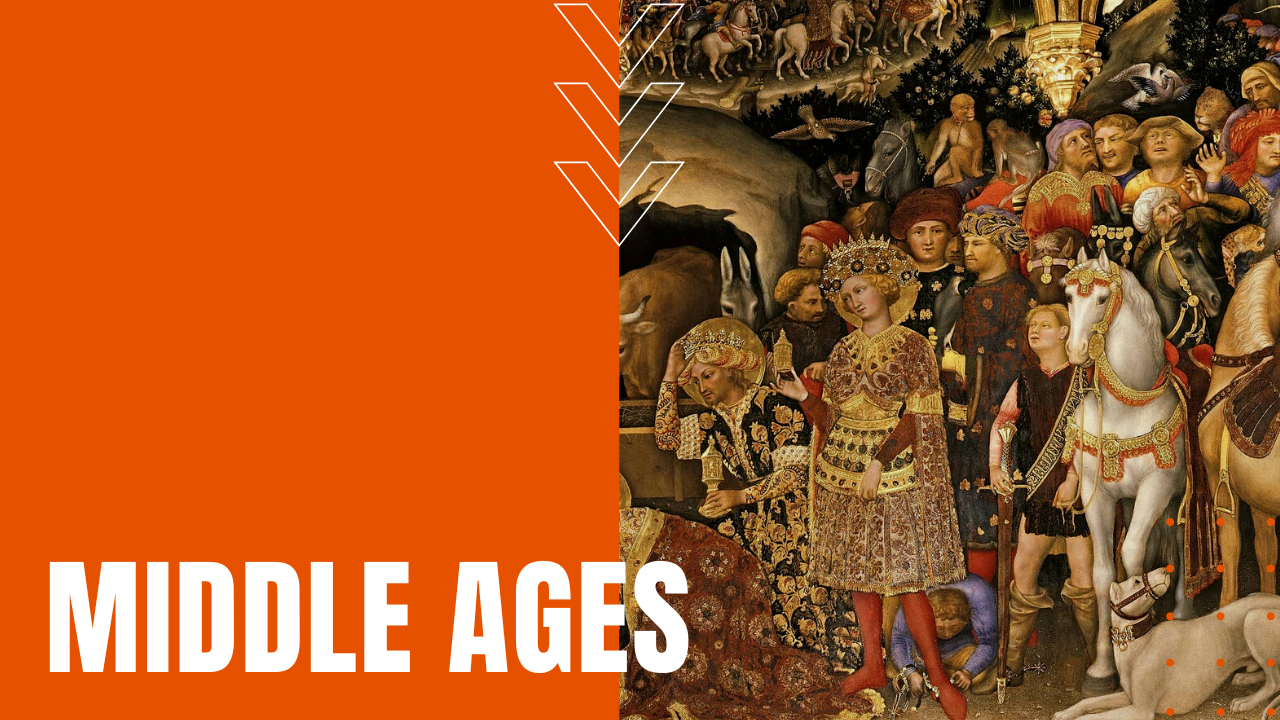Middle Ages: Bridging Dark Age to Enlightenment

Historians have long considered the Middle Ages as a dead zone between the artistic and cultural highs of ancient Greece and Rome, followed by the intellectual resurgence of the Renaissance, yet in truth, the Renaissance owes its very existence to the so-called Dark Ages of Europe.
Dark Ages
Also known as the Medieval Period, after the fall of Rome in 476 AD, the tax-exempt Catholic Church became the leading force in Europe, encouraging the faithful to tithe 10 percent of their annual earnings, which allowed the Catholic Church to sanction monarchies throughout European nations, at the same time building jaw-dropping cathedrals filled with intricate tapestries, religious art and architectural advances from the Romanesque to the Gothic.
While the Dark Ages in Europe lacked much scientific, artistic or literary advancements when compared to ancient Greece, Rome or the Renaissance Period, the Middle East blossomed during the same time frame, where the rule of a single uniting caliph led to the rise of cities such as Cairo, Baghdad and Constantinople that fostered vibrant intellectual and cultural advances, which sparked an Islamic Renaissance long before enlightenment reached the European continent.
The Crusades
When the Crusades began near the end of the 11th century—sanctioned by the Catholic Church in an effort to expel Muslim “infidels” from the Holy Land—after the last of eight major Crusades ended in 1291, pillaging Christian armies had brought home many of Islam’s advances in science, mathematics and literature, helping to flame the fires of an emerging Renaissance in Europe.
Beginning in 11th-century Feudal Europe, during an age when landed aristocrats oversaw landless peasants or serfs, agricultural innovations such as the heavy plow and three-field crop rotation vastly improved food-stock yields. Increased food supplies led to an explosion in population growth, and with fewer farmers needed to tend the land.
Population, Specialization and Progress
By 1300, 15 cities in Europe had amassed populations greater than 50,000 people, and despite the winnowing effect of the Black Death of 1347 to 1350—an event which reduced the European population by 30%—the growth of European cities led to a rise in job specialization, which ultimately brought about the Renaissance Period in Europe, making the Middle Ages, a vital conduit between the ancient and the modern.
